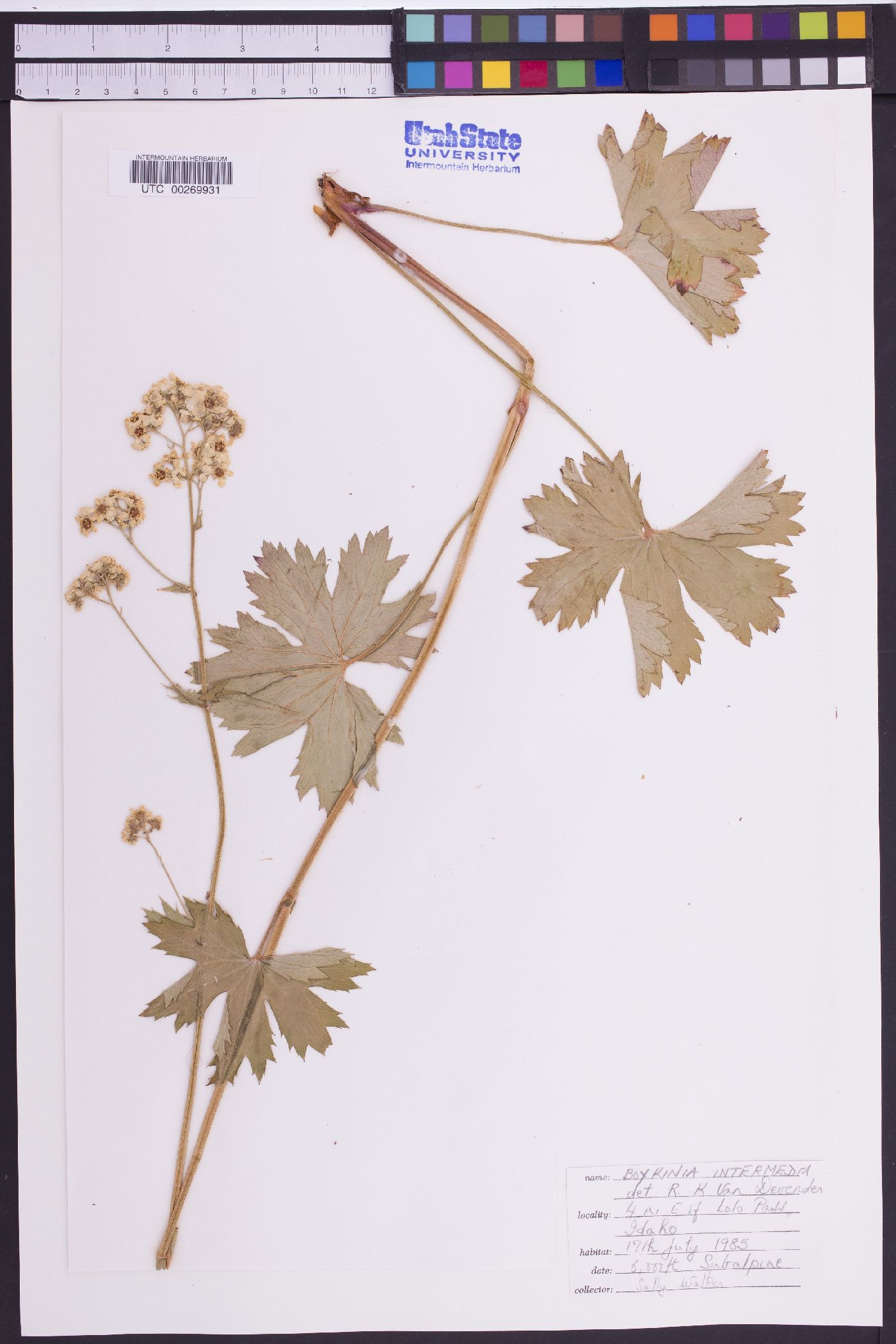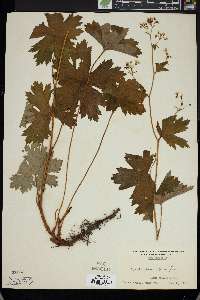
|
|
|
|
Family: Saxifragaceae
Sierran Brookfoam
[Therofon intermedium A. Heller] |
|
This project was made possible in part by the Institute of Museum and Library Services [MG-70-19-0057-19].
Powered by Symbiota






